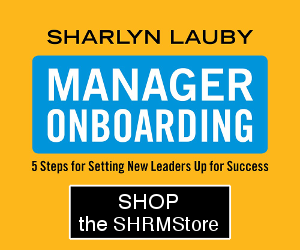In part three of this series on self-management for remote workers, we talked about the need to be problem solvers. But what happens if the “problem” is another person? Well, that’s the fourth competency of self-management: being able to handle personality conflicts.
While working remotely can be great in terms of reducing the amount of time we spend with annoying co-workers, it doesn’t completely eliminate it. Even when we’re working remotely, we have to collaborate with people we may not like. And, we still need to be able to do it effectively.
When we work in a traditional office environment, we can rely on there being someone around who can help us resolve conflicts. Whether it’s our supervisor or human resources, they can facilitate a conversation and hopefully assist in reaching a resolution. In a virtual or autonomous environment, we have to resolve these personality conflicts on our own.
One way to examine personal conflict situations is to take the “person” part out of the equation and focus on the circumstances creating the conflict. This doesn’t mean we shouldn’t make sure the other person knows that having a good working relationship is important. Ask for their help in trying to reach a solution everyone can live with. Then examine the circumstances creating the conflict. In my experience, I’ve found the conflict often includes one of these three scenarios.
Conflict #1 – We don’t agree with the data.
In situations where the conflict is created because people can’t agree with the data, research and information, the best way to solve it is with more research. For example, Jane and John have a conflict. John believes the data from XYZ is correct and Jane believes the information from ABC is more accurate. This can create personality conflicts in the forms of distrust in each other or thinking that the other person isn’t doing enough work. By engaging in more research, they can hopefully find a common research source that they can both rely upon.
Conflict #2 – We don’t agree on the goal.
When the conflict surrounds goals and objectives, the way to resolve the conflict is with negotiation and compromise. Using our example above, John and Jane can’t agree on the desired outcome for the project. Both of them are frustrated and start to believe there are office politics or hidden agendas involved. By working together on a compromise, they are both able to have a say in the final goals of the project. Think win-win instead of a zero-sum game.
Conflict #3 – We don’t agree on the action.
Lastly, if the conflict is regarding the work that needs to be done then consensus is the means to conflict resolution. John wants to do Plan A and Jane would prefer to do Plan B. John and Jane should use their research (fromnumber one) and compromise (from number two) to create an outcome they can both live with. Notice I didn’t say they both needed to love it. That’s not the purpose of consensus. Consensus is about finding a solution all parties can live with.
As you can see, a key component to resolving conflict is understanding ourselves. When we can use the information we know about ourselves to step outside of conflict, we can begin a dialogue and work toward resolving the matter.
Speaking of knowing ourselves, our next self-management skill deals with something we don’t spend nearly enough time talking about…and that’s understanding how we like to learn.
20







